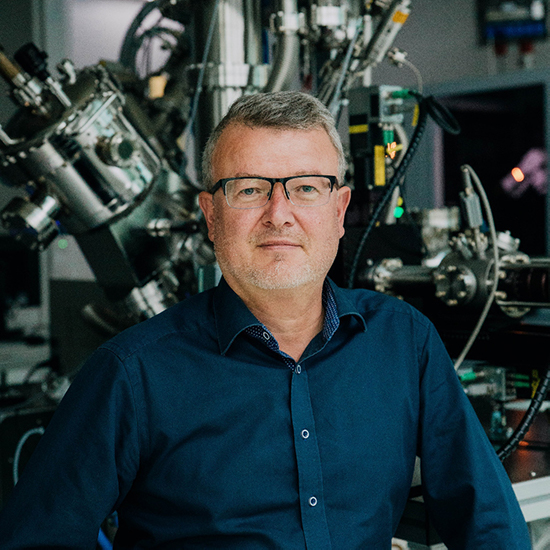Curriculum vitae

Prof. Dr. Maximilian Fichtner is Chemist and director at the Helmholtz-Institute Ulm for Electrochemical Energy Storage (HIU), he is professor for Solid State Chemistry at the Ulm University and head of the department “Energy Storage Systems” at the Institute for Nanotechnology of the Karlsruhe Institute of Technology (KIT).
Fichtner is scientific director of CELEST (Center for Electrochemical Energy Storage Ulm-Karlsruhe) and spokesperson of the German Cluster of Excellence “Energy Storage Beyond Lithium” (POLiS). He is also member of the core team of a new European flagship on battery research named “BATTERY2030+” and has been co-ordinator of various collaborative projects on battery- and hydrogen technology.
His research interests are raw materials and sustainability issues. new principles for energy storage and the synthesis and investigation of related materials.
Fichtner is author and co-author of approx. 400 publications, conference- and book contributions, 20 patents and editor of a book on magnesium batteries.